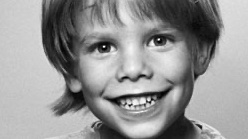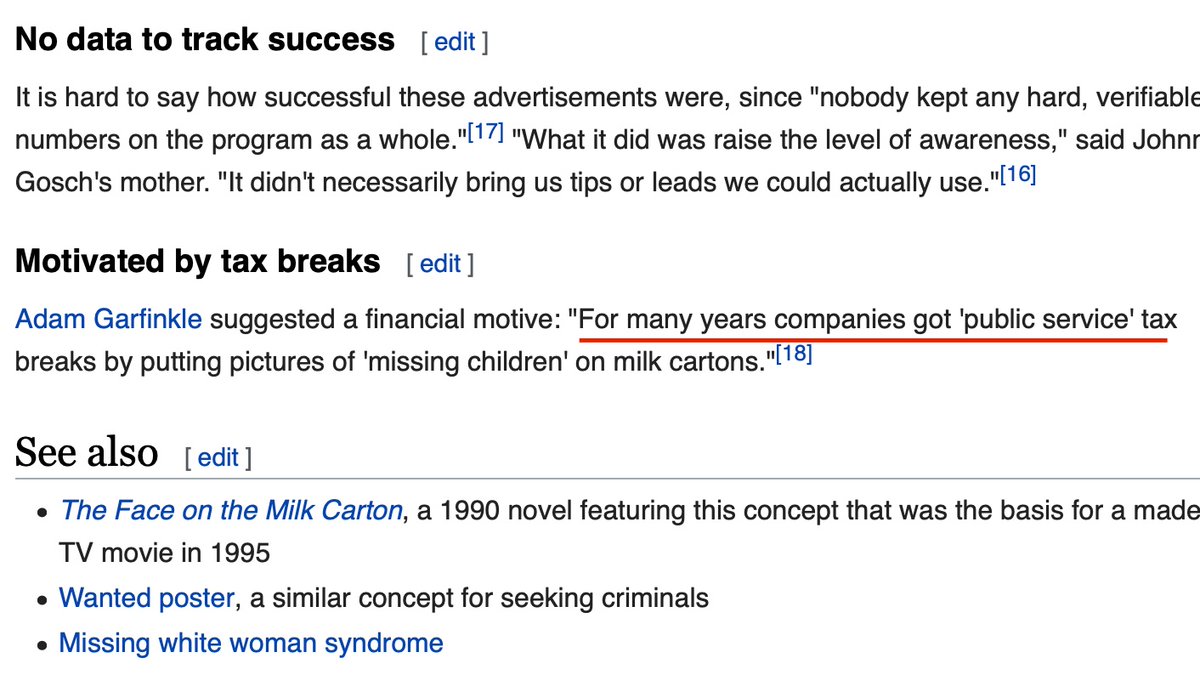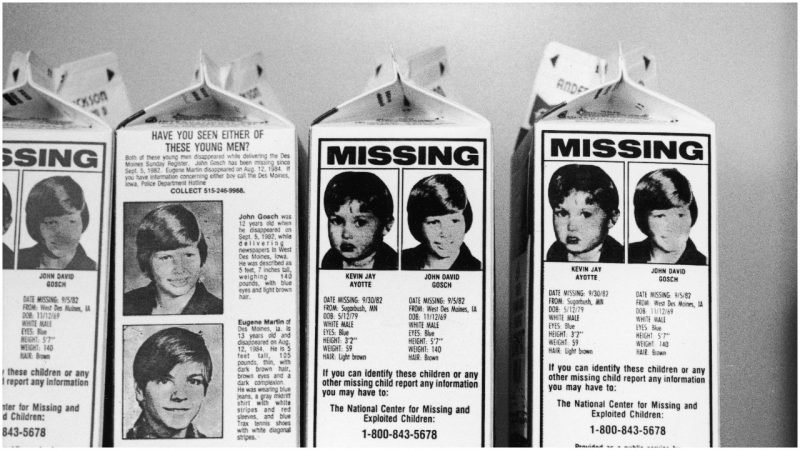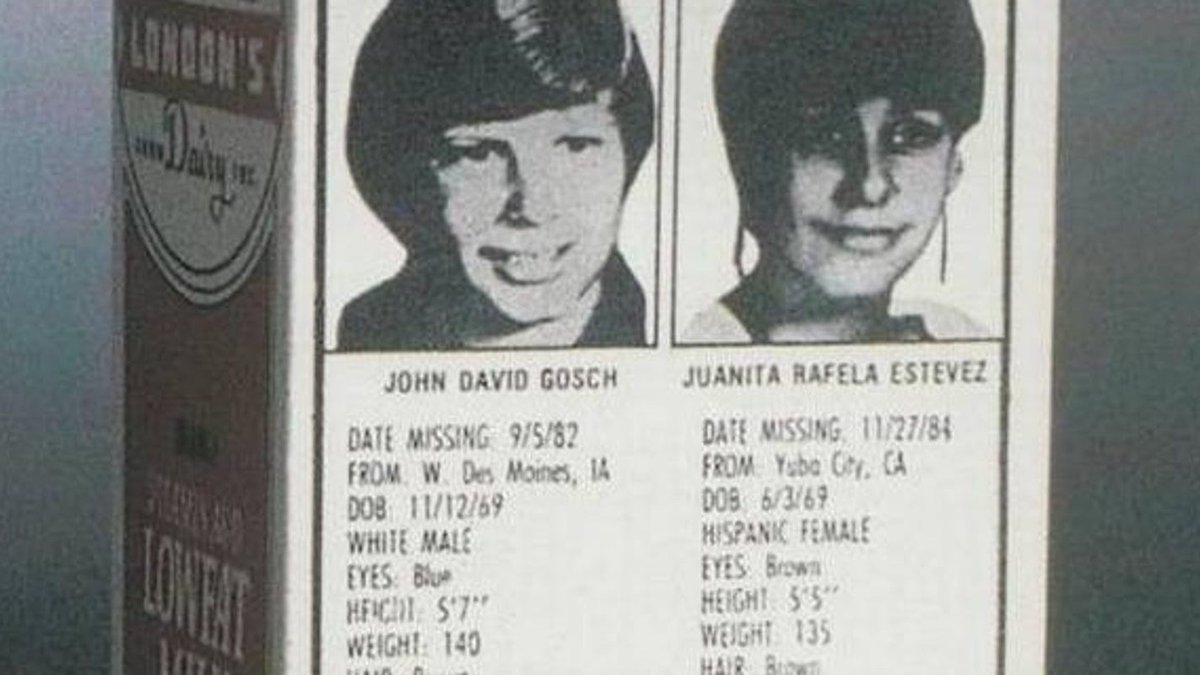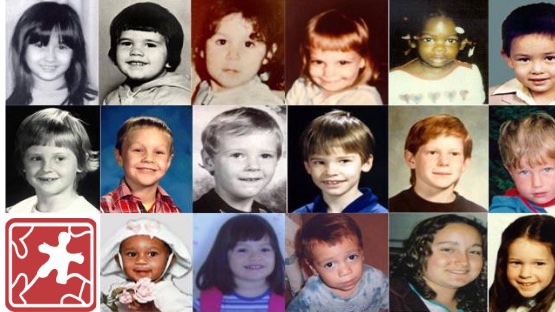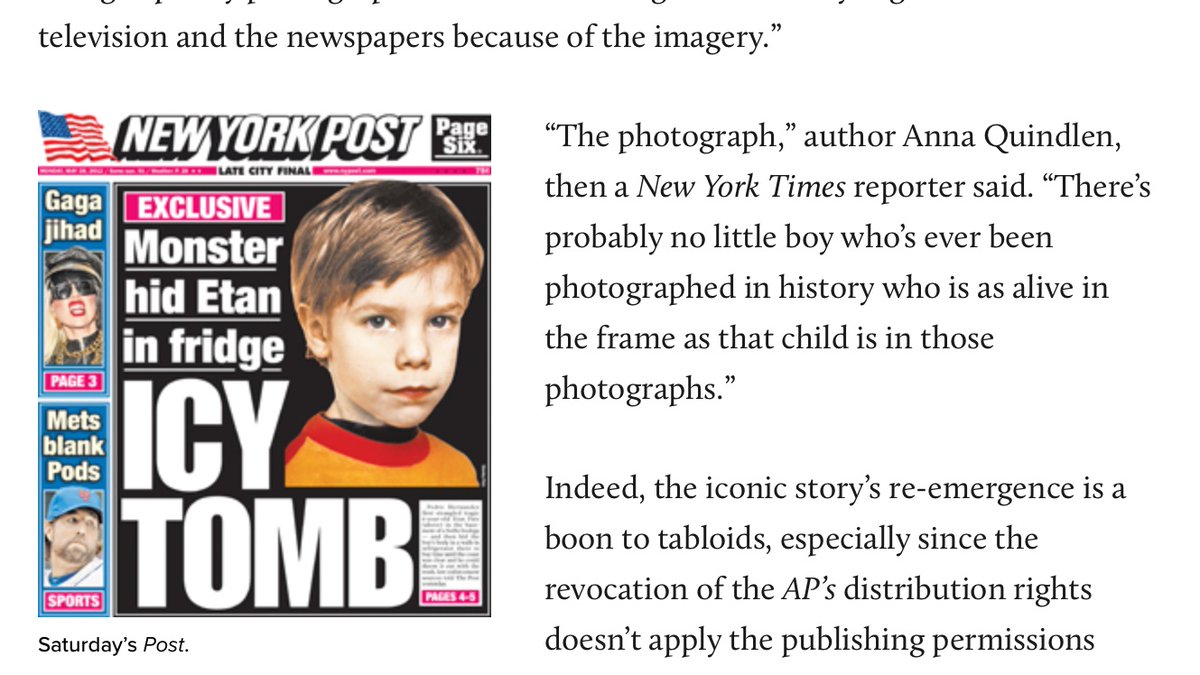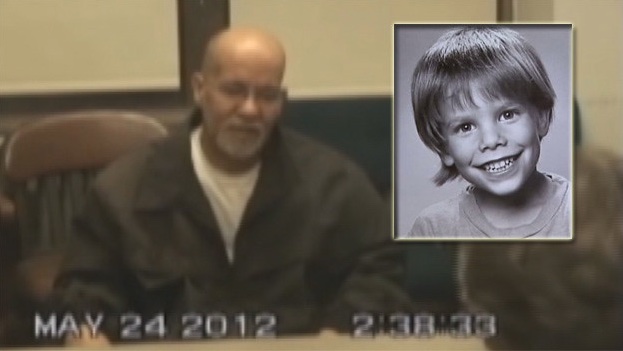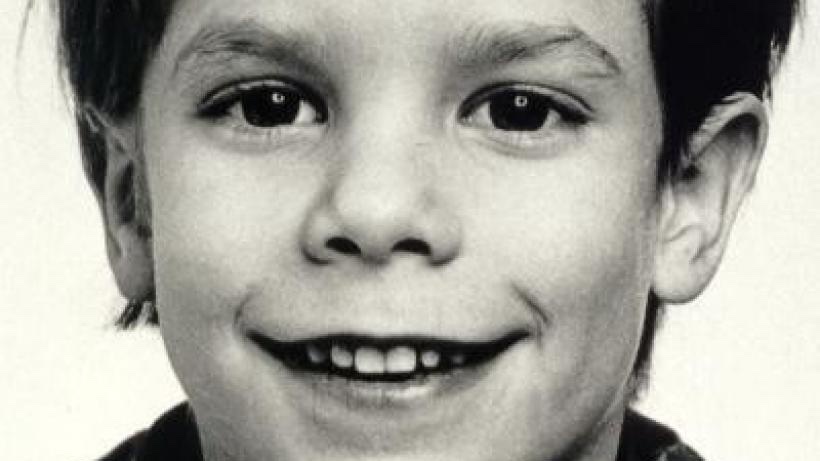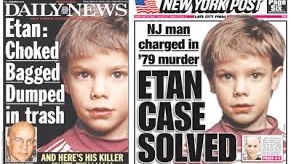Did you know that NONE of the children featured on milk cartons were ever found?
A single exception, a little girl who was not missing at all.
"Nobody kept any hard, verifiable numbers on the program as a whole. What it did was raise the level of awareness."
Planting the seed. https://twitter.com/intheMatrixxx/status/1245438975063572487">https://twitter.com/intheMatr...
A single exception, a little girl who was not missing at all.
"Nobody kept any hard, verifiable numbers on the program as a whole. What it did was raise the level of awareness."
Planting the seed. https://twitter.com/intheMatrixxx/status/1245438975063572487">https://twitter.com/intheMatr...
During the late 70s & 80s in the US, missing child cases garnered a great deal of news media attention.
Chief among these were the disappearance of Etan Patz and the kidnapping & murder of Adam Walsh.
These reports devolved into a type of moral panic called "stranger danger".
Chief among these were the disappearance of Etan Patz and the kidnapping & murder of Adam Walsh.
These reports devolved into a type of moral panic called "stranger danger".
This entire campaign was fear-based propaganda with the added benefit of corporate greed & malfeasance.
On top of the 0.0% success rate, for many years companies got "public service" tax breaks by putting pictures of "missing children" on milk cartons.
Air quotes via Wikipedia.
On top of the 0.0% success rate, for many years companies got "public service" tax breaks by putting pictures of "missing children" on milk cartons.
Air quotes via Wikipedia.
Another negative side effect: traumatized children.
In the late 1980s, pediatrician Benjamin Spock said that the cartons terrified small children at the breakfast table with the implication that they, too, might be abducted.
All by design.
“People will have to think about it.”
In the late 1980s, pediatrician Benjamin Spock said that the cartons terrified small children at the breakfast table with the implication that they, too, might be abducted.
All by design.
“People will have to think about it.”
This logic is remarkable in retrospect, now that information can be instantly published and shared on a global scale.
To distribute information nationwide, just 30 years ago, people were using milk cartons. The Web was still nearly a decade away from entering the public domain.
To distribute information nationwide, just 30 years ago, people were using milk cartons. The Web was still nearly a decade away from entering the public domain.
At the time, media space was finite.
News took a while to get around.
The New York Times didn’t launch a national edition until 1980. The idea of real-time broadcasting—on fledgling networks like CSPAN and CNN, launched in 1979 and 1980 respectively—was still strange and new.
News took a while to get around.
The New York Times didn’t launch a national edition until 1980. The idea of real-time broadcasting—on fledgling networks like CSPAN and CNN, launched in 1979 and 1980 respectively—was still strange and new.
So no kids were found.
More on why, later.
The milk cartons did, however, find extraordinary success in sparking social and political change.
They raised awareness and contributed to legislative efforts including the Missing Children Assistance Act.
A classic Bait & Switch.
More on why, later.
The milk cartons did, however, find extraordinary success in sparking social and political change.
They raised awareness and contributed to legislative efforts including the Missing Children Assistance Act.
A classic Bait & Switch.
6-year-old Etan Patz, whose abduction rattled New York City in 1979 and who& #39;s face was the first to be featured as "missing" on a milk carton in 1984, was never found.
His photo was also projected on screens in Times Square.
Vanished.
Etan& #39;s was declared legally dead in 2001.
His photo was also projected on screens in Times Square.
Vanished.
Etan& #39;s was declared legally dead in 2001.
Etan& #39;s father Stan was a professional photographer and had a collection of photographs of his son.
A NYT reporter once said of the the images,
“There’s probably no little boy who’s ever been photographed in history who is as alive in the frame as that child is in those photos.”
A NYT reporter once said of the the images,
“There’s probably no little boy who’s ever been photographed in history who is as alive in the frame as that child is in those photos.”
More than 30 years after his son Etan first appeared on a milk carton, Stan Patz withdrew the distribution rights for his photographs from the Associated Press.
The request came shortly before Pedro Hernandez& #39;s confession thrust the grieving family back into the media spotlight.
The request came shortly before Pedro Hernandez& #39;s confession thrust the grieving family back into the media spotlight.
It& #39;s important to note that this type of "photo recall" is rare, but it does happen from time to time.
As it did on August 16, 2006, the same day that John Mark Karr, a 41-year-old elementary school teacher was arrested in Bangkok, when he confessed to murdering JonBenét Ramsey.
As it did on August 16, 2006, the same day that John Mark Karr, a 41-year-old elementary school teacher was arrested in Bangkok, when he confessed to murdering JonBenét Ramsey.
Back to Etan.
The iconic story& #39;s re-emergence was a boon to tabloids, as the Patz family gave individual news outlets special permission to publish.
“You had this clear-eyed, bonde-haired boy, with this impish grin... and a father who had hundreds of high-quality photographs."
The iconic story& #39;s re-emergence was a boon to tabloids, as the Patz family gave individual news outlets special permission to publish.
“You had this clear-eyed, bonde-haired boy, with this impish grin... and a father who had hundreds of high-quality photographs."

 Read on Twitter
Read on Twitter